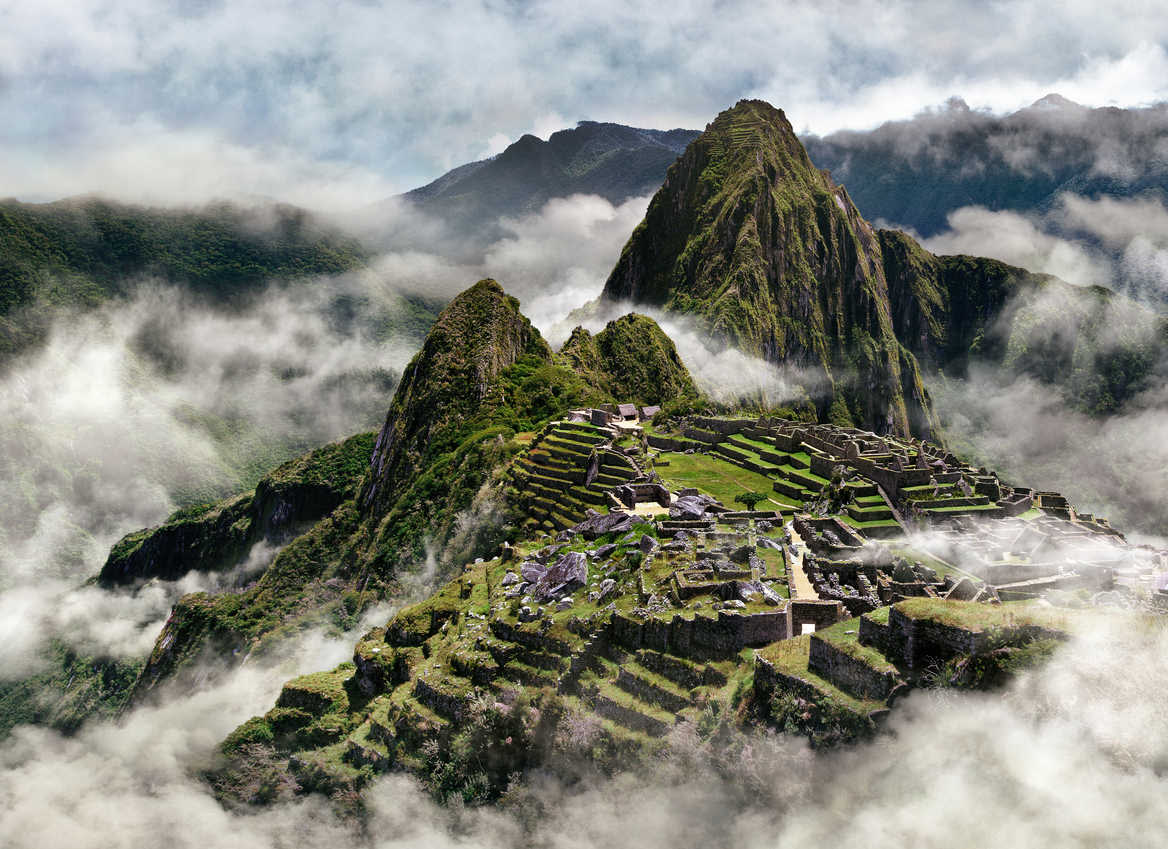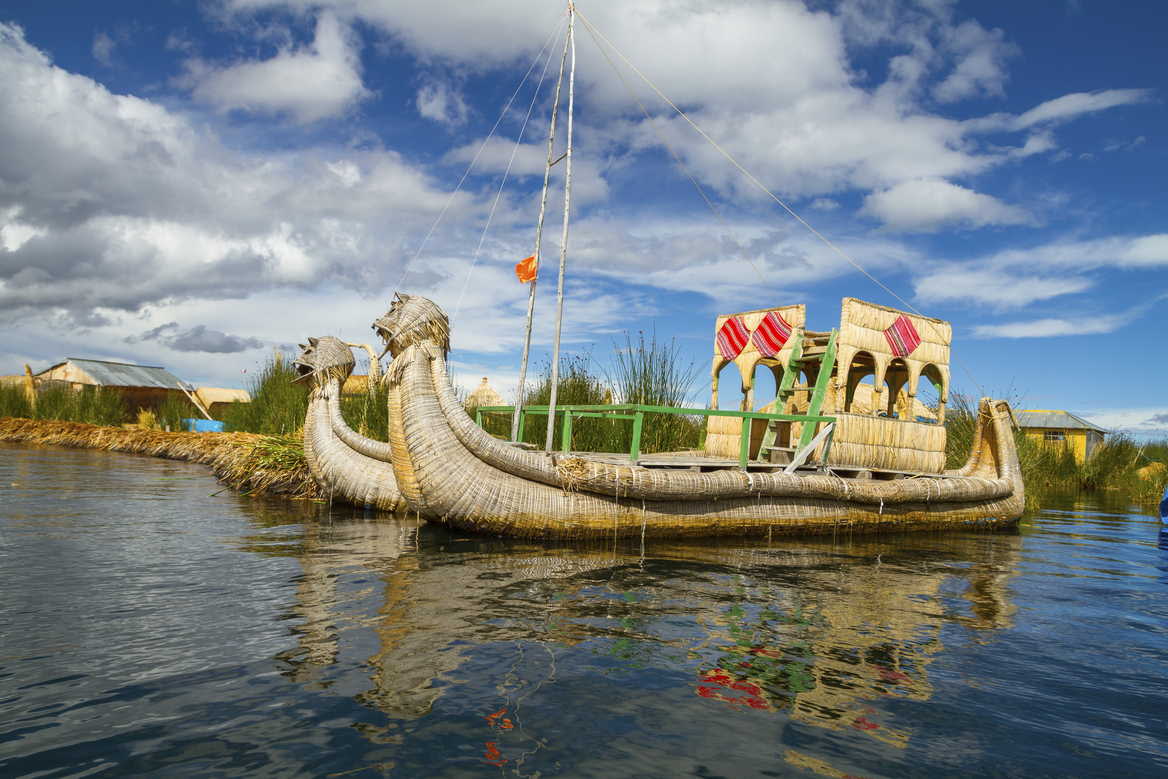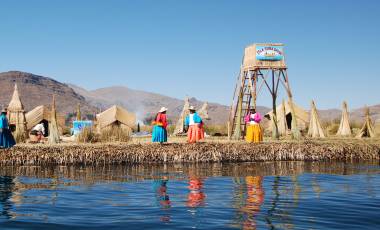Read time – 2 minutes
Peru is a cultural goldmine. The country has been occupied since the dawn of mankind – it’s estimated that the first civilisation dates back over 5,000 years.
Best Places to Visit in Peru
Nazca Lines
Since then, numerous great empires have risen and fallen, leaving behind a fascinating and rich heritage. The world-famous Nazca Lines, for instance, are artistic accomplishments on a massive scale.
The huge features are made from trenches, dug into the floor of the Nazca desert, which, viewed from a high vantage point, form colossal images depicting the many varied forms of local animal life.
View trips to the Nazca Lines
Lake Titicaca
Another Peruvian gem is Titicaca, a vast, stunningly beautiful high-altitude lake. Many of its islands are inhabited, including Amantani Island, on which the inhabitants live in a far more rudimental fashion than we are accustomed to.
The chance to stay for a night with one of the local families is a truly enlightening experience, offering the kind of first-hand cultural insight which simply has no substitute. South American food is a far cry from our own, so travellers to Peru are sure to experience all manner of new and exotic taste sensations.
A particular favourite is the guinea pig (we’re told, like all exotic meats, it tastes like chicken), but ceviche (fish marinated in a spicy lime sauce) and lomo saltado (Peru’s take on stir-fried noodles) are equally worth a try, as is the ubiquitous Pisco Sour, a zingy little cocktail which will kick-start any evening.
Machu Picchu
The real highlight is Machu Picchu – for over a century, it has been a source of continual wonder, captivating and intriguing countless adventurous spirits.
The ‘Lost City of the Incas’ is a sprawl of stone tiers and houses, atop a forest-wreathed mountain peak. Today, it’s possible to immerse yourself in the city’s architecture and history without the long trek, by taking the train that runs through the mountains to the site itself.
No-one knows the true purpose of Machu Picchu. The Incas abandoned the city during the Spanish conquest of South America, and it was never discovered by the invading Spaniards.
As such, it is remarkably well preserved, having been untouched for four hundred years, so there’s no definitive evidence on the subject. Popular theories label Machu Picchu as a royal retreat, an astrological observatory or a religious complex, but these are based on speculation, adding to the sense of mystery that surrounds it.
As you explore the ruins, you’ll be struck by the majesty of the landscape. The white, wispy clouds give way to a dramatic range of rocky summits, draped in thriving forests. The sunrise paints the sky with fire, casting the archaic structure into golden light.
The city itself is a captivatingly complex maze of walls built into the mountainside. Traditionally, the main barrier to seeing the iconic ruins has been the 4 days of walking and camping required to reach them. Machu Picchu is relatively isolated, lying as it does at high altitude and surrounded by jungle.
This is no longer an obstacle, however, as the Peru Rail train now takes adventurers all the way from Cuzco to the Lost City itself! Gone are the days of unnecessary and unpleasant toil in the search for wonder; travellers can now make the journey in comfort and relaxation.
Machu Picchu is one of the most important cultural landmarks in South America, highly valued by the local peoples and highly ranking on many a bucket list. Peru’s rich culture and landscape form the perfect backdrop to an adventure to the ancient city, and the dawn breaking over the ruins is a sight you’ll never forget.

Browse all trips to Peru and visit the highlights.

 Nazca Lines
Nazca Lines Lake Titicaca
Lake Titicaca





